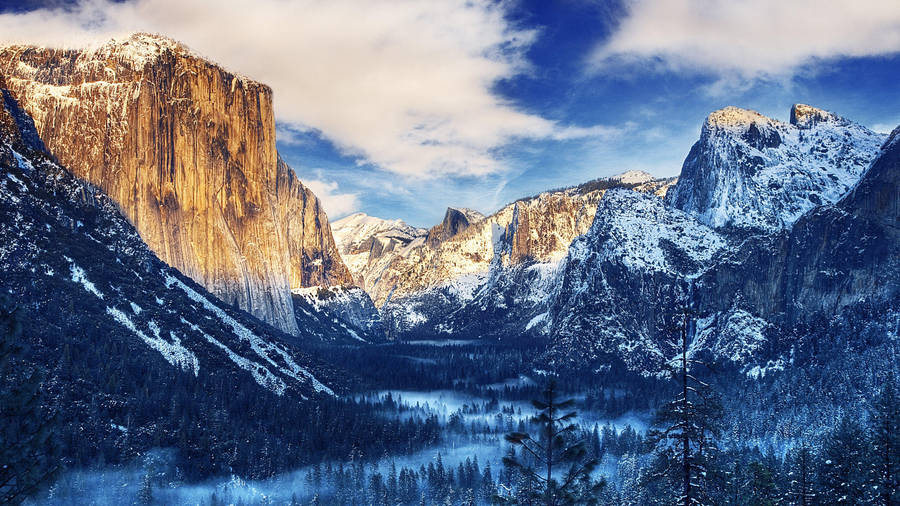At San Francisco, upon seeing California’s Sierra Nevada and Yosemite for the first time, he was literally moved by the scenery. They practically stole his deep fascination, as Muir said that ‘the mountain chains were the most divine beauty he has ever seen’. This compelled him to make Yosemite his home.

Muir had difficult times as he was frequently unemployed with no future prospects. But this did not stop him from his passion for nature. By 1871, Muir discovered living glaciers in the Sierra, which inevitably led him to formulate a theory of the glaciation of Yosemite Valley. His notions were contradicted by Josiah Whitney, who continuously discredited him. Muir did not give up, and gained the support of Louis Agassiz. It was then that he started to gain a name for himself throughout the country, in which famous men such as Joseph LeConte, Asa Gray and Ralph Waldo Emerson became closely acquainted with him.
Besides his notable work on geologic studies, Muir was also fascinated with plants, collecting samples of plant life around the area of Yosemite. Between 1873-1874, he constructed field studies along Sierra on the ‘distribution and ecology of isolated groves of Giant Sequoia’. This attracted the attention of the American Association for the Advancement of Science, and they published his paper in the year 1876.
